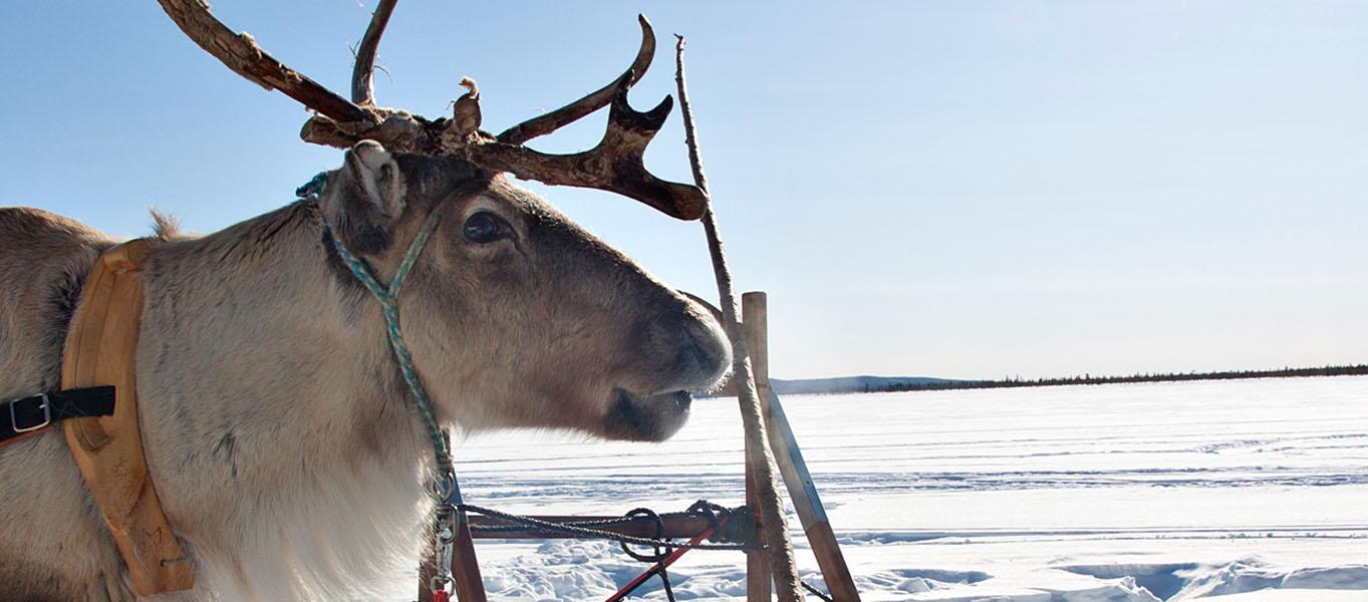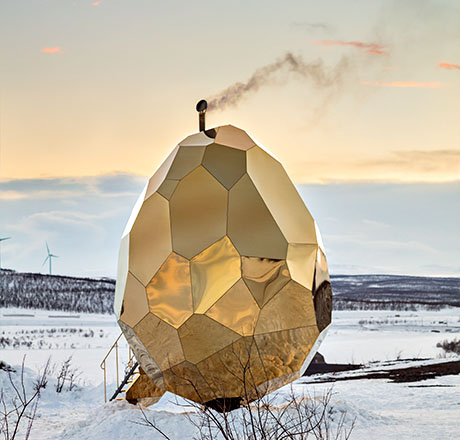Europe
Sweden
vital statistics
- Stockholm
- 9.6 million
- Swedish
- Swedish krona
The Swedes have a reputation; they’re Europe’s denizens of style. Wandering the streets of Stockholm everything looks as though it’s been ripped straight from the pages of either a fashion or lifestyle magazine. It doesn’t hurt that everyone seems to be tall, blonde and the picture of good health. But there’s another side to this Scandi nation, with its stretches of windswept coastline, cascading waterfalls and frigid expanses of the tundra high up in the Arctic Circle. (Fun fact: the world’s oldest living tree, a five-metre spruce called Old Tjikko, can be found in the Dalarna province in central Sweden. It’s thought to have sprouted about 9500 years ago during the last Ice Age.)
For the adventurer, there’s a bit of everything: ice yachting on frozen lakes, diving on wrecks in the Baltic Ocean and climbing frozen waterfalls in the Abisko canyon. Of course, there’s the famous stuff as well, but having seen a million photographs of the Icehotel, rebuilt each year when winter comes to the village of Jukkasjärvi, or the glowing aurora borealis doesn’t make them any less impressive when you finally experience them in real life.
On the other side of the coin, urbanistas should beat a path to the country’s south and the city of Malmö. Plotted around picturesque Gamla Staden (Old Town), the rest of the city is contemporary and dynamic, with a population formed from a huge range of nations (some 150 in all). Marvel at the Turning Torso, Santiago Calatrava’s 190-metre-tall building at Western Harbour. Gather with the locals at Lilla Torg, a popular city square, at the beginning of a night out. If you’re travelling solo, sign up for a guided tour for singles at the outstanding contemporary art gallery, Moderna Museet. This is a city worth more than a perfunctory overnight stay.
 (
(











